9 foods and drinks to avoid for a better bladder
Some of your favorites can irritate your bladder and worsen symptoms.
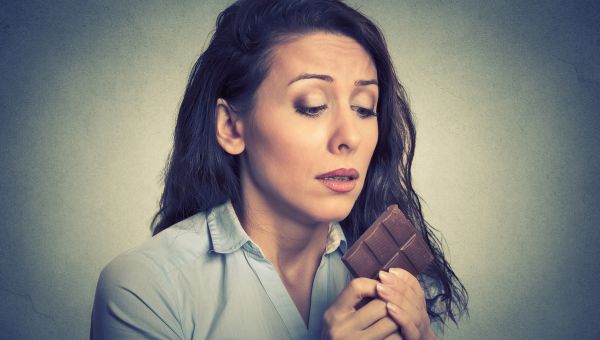
If you're one of the 33 million Americans with overactive bladder (OAB), you know that certain foods and drinks can aggravate your condition, causing you to go to the bathroom more often with greater urgency—and maybe even some leakage.
To keep your symptoms in check, your healthcare provider (HCP) may recommend you scale back on these items. She may also suggest keeping a bladder diary, in which you record any foods that seem to trigger your issues. If a food sets off your OAB, you might try cutting it from your diet, then slowly adding it back in to see how much you can tolerate.
Read on to find out what foods and drinks prompt OAB, and get smart ideas for substitutes.
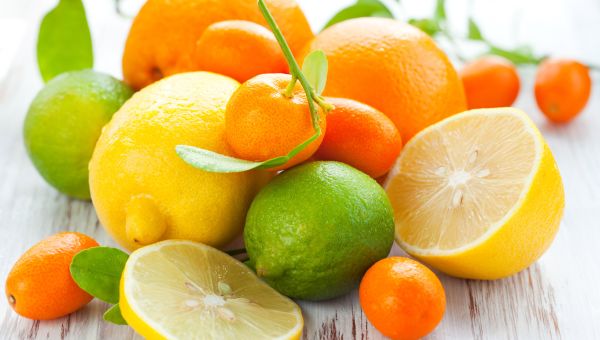
Citrus
While fresh produce is a key component of a healthy diet, many people with OAB find that high-acid citrus fruits like lemons, limes, grapefruit and oranges trigger their symptoms. That includes juices and citrus-based drinks like lemonade and orange juice.
To sate your craving without the extra bathroom trips, choose less-acidic fruits like cantaloupe, persimmons, watermelon, honeydew, figs, lychees and good ol' bananas. Dilute fruit juices with water, or better yet—skip them altogether and drink H2O instead.
Regarding cranberries and cranberry juice: the fruit has long been rumored to help prevent repeat urinary tract infections, which can cause you to go the restroom more often. However, its acidity is higher than that of many other fruits. If you find cranberries irritate your bladder, cut them out of your diet.
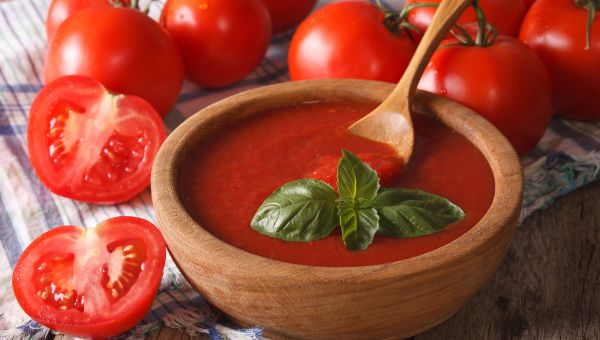
Tomatoes
Like citrus fruits, tomatoes and tomato-based products tend toward the acidic, irritating the lining of the bladder and triggering OAB. People with the condition may want to steer clear of pasta sauce, salsa, tomato soup, tomato juice and even ketchup, which has added vinegar—another acidic food. Canned tomatoes are often more acidic than fresh due to their preservatives; be on the lookout for recipes calling for them.
Need something to put on your pasta? Try some outside-the-box sauce recipes made from less-acidic foods, like pumpkin and avocado. And instead of salsa for your chips, try guacamole without lime and tomato.
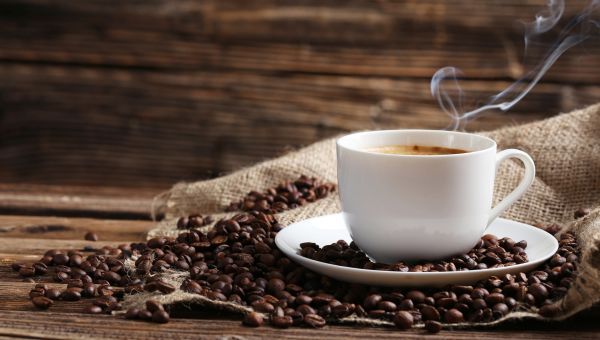
Coffee and tea
If you love a hot cup of java, but hate bathroom emergencies, we have some bad news: coffee and tea may be off limits. The caffeine in both is thought to aggravate symptoms of OAB, causing you to urinate more often and more urgently. Even decaf may not be a good option, since it's frequently not completely caffeine-free.
For those who need something in the morning, try chamomile or peppermint tea, neither of which have any caffeine.

Chocolate
Speaking of caffeine, you might want to cut back on chocolate if you suffer from OAB. Cocoa, which gives chocolate its flavor, is naturally full of the stuff. Generally speaking, the darker the chocolate, the higher the caffeine.
To get your fix without setting off your OAB, opt for a single square of high-quality chocolate, or chomp on a bit of white chocolate. Since it has no cocoa, it's typically caffeine-free.
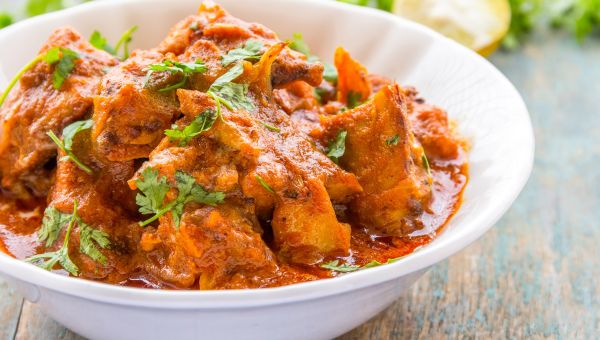
Spicy foods
If you suffer from OAB, back away from the wasabi. And the salsa. And the hot sauce, pico de gallo, buffalo wings, sriracha, curry, vindaloo and chicken tinga. Zingy foods can set off symptoms of OAB and even add to cystitis, or chronic bladder pain.
While it's easy enough to control for spice levels in home-cooked meals, going out to eat can be a challenge. Check restaurant menus for symbols indicating spiciness—a chili pepper or small fire, for example—and if you're not sure about a dish, specifically ask the chef to go easy on the heat.

Carbonated beverages
Pop, soda, cola—whatever you call it, it's not great for people with OAB. That goes for other fizzy beverages like seltzer, champagne and energy drinks, too, since the carbonation can be a bladder irritant. Be especially aware of bubbly drinks with caffeine and added sweeteners, both of which cause OAB issues in and of themselves.
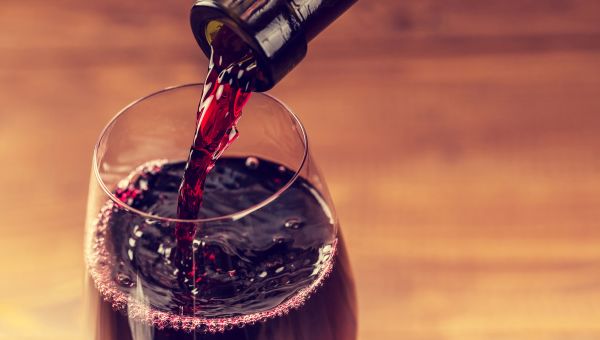
Alcohol
When it comes to OAB, alcohol is a triple threat. Beer, wine and liquor can:
- Irritate your bladder
- Dehydrate you, which could cause you to urinate more frequently
- Mess with your brain's ability to interpret when you have to use the restroom
If you must imbibe, stick to one serving of alcohol per day: typically, 12 ounces of beer, 5 ounces of wine or 1.5 ounces of spirits. Be especially wary of bubbly drinks like champagne, prosecco and cava, in which the carbonation is a factor in OAB. Try to curb sugary mixed drinks, as well. Why? Well...
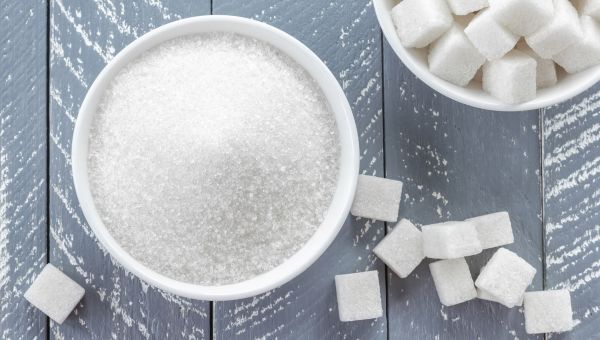
Sweeteners
Both real and artificial sweeteners can trigger OAB, from sugar and honey to aspartame and saccharin. Sensitivity levels vary, which means you may not have to drop sugar cold, though it could help to reduce your overall intake. Start by cutting soda, eliminating sugar in your coffee and reading nutrition labels and ingredient lists on prepackaged foods. Remember that any kind of corn syrup and words ending in "ose"—sucrose, glucose, etc.—typically signal added sugars.
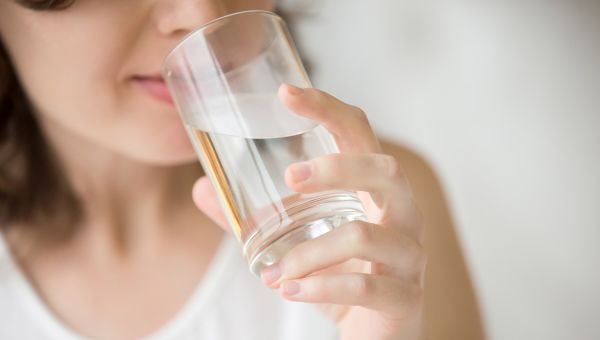
Too much—or too little—water
Water is good for you, right? Right. But when you have OAB, drinking too much can mean extra trips to the bathroom. So could drinking too little; when urine becomes concentrated, it affects the bladder, sending you to the WC over and over again.
Studies suggest limiting your liquid intake to eight glasses daily, and spacing it out over the course of the day. Try not to drink a lot in the hours before bedtime, especially.
More On


video
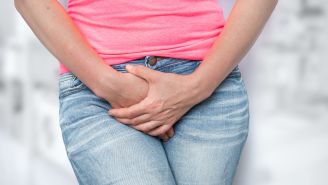
article


video


video


video
